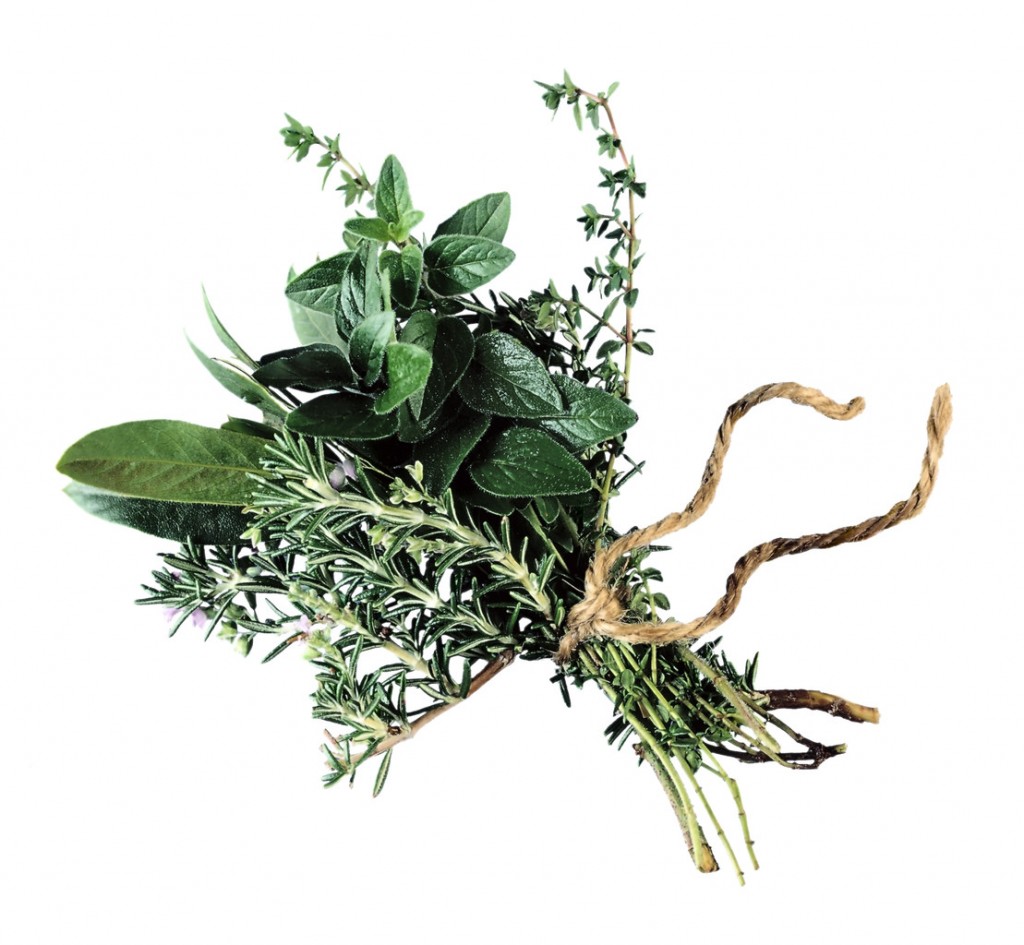How to make your own herbal tincture – part 1

Tinctures have many advantages; long shelf life, smaller doses, easily absorbed, easy to carry, and adaptable. They’re adaptable in that they can be used topically or internally. They can be put in tea, or syrup, or salve, or cream, liniment, water, juice…
There are some different schools of thought on whether the plant material used to make tinctures should be fresh or dried. Both have their advantages and disadvantages.
Fresh herb tincture
This is probably the easiest tincture to make. All you need are:
- Fresh herbs, clean and dry
- Enough alcohol (a high percentage like Everclear) to completely cover the plant material
- Clean jars with tightly fitting lids
- Cheese cloth or something similar for straining
- Pen and labels
Put herbal material in the jar, about 3/4 full loosely packed. Add enough alcohol so that the material is completely covered. Usually about 1 inch or 2 cm above the plant material. Close the lid. Put in a dark cool place (NOT the fridge) for at least two weeks. Shake the jar each day. Once the two weeks is done, strain the plant material out of the liquid. This liquid is your tincture. Be sure to label it, and store it in a cool, dry, dark place.
Pro
This is a very easy way to make tincture. Also, many people feel that the energy from herbs are better preserved in this type of tincture.
Con
First, because of the water content that naturally exists in the plant material you can’t be sure how much percentage of alcohol is really in the finished product. This is why it’s important to use something with a high alcohol content (like Everclear). Second, you can’t be certain what the actual strength of the tincture is. Which could make determining dosages tricky. So, in my opinion, this is a method best saved for herbs that are very safe even in large doses.
There you go. Your very own home made medicine.

